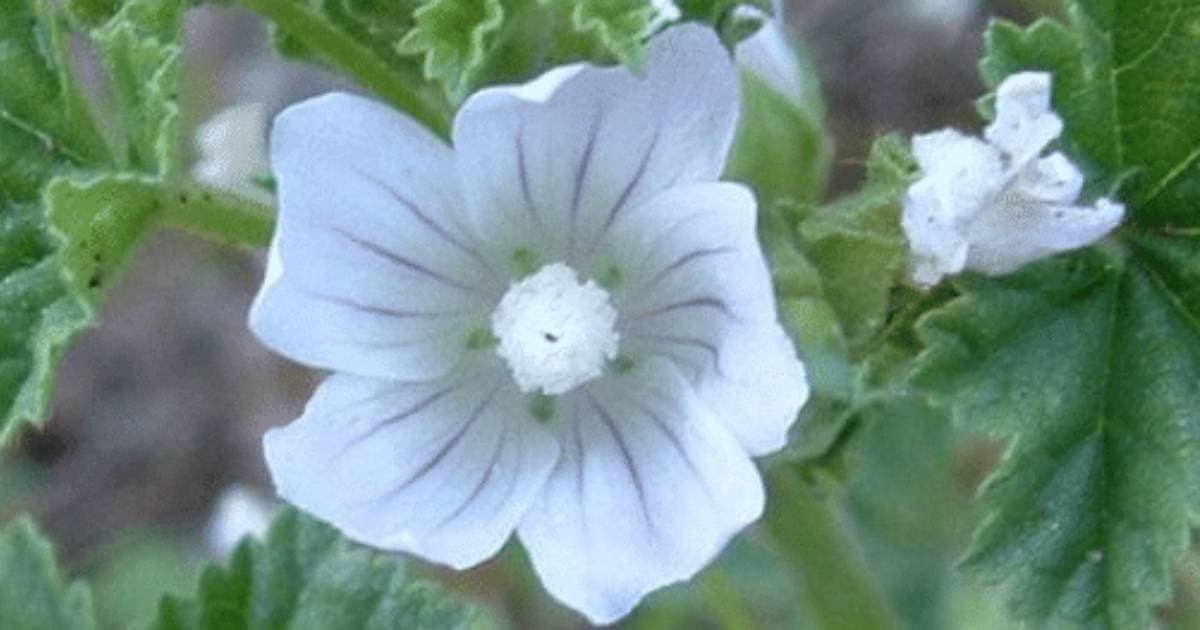Herbs - Friends of our eyes Part 1

They say nature has a remedy for everything; we just need to know where to look.
They say nature has a remedy for everything; we just need to know where to look. For most ailments, we can find some useful medicinal herbs, whether it's digestive issues, blood pressure problems, or - to stay on topic - eye-related complaints.
It's important to always seek medical attention for symptoms that don't improve within 1-2 days, but until then, it's good to know what plants can be found in nature (or in herbal shops, pharmacies) that can cool, hydrate, or reduce inflammation in the eyes, for example.
Medical Aloe - Aloe Vera (Aloe barbadensis miller)

The soothing effect of aloe vera extract is widely used for both medical and cosmetic purposes. Its cell-regenerating and immune-boosting effects have been known since ancient times. It can provide a remedy for numerous diseases, skin conditions, and inflammatory symptoms, primarily thanks to the gel-like substance contained in the plant's leaves.
Role in ophthalmology Due to its infection-inhibiting, antibacterial, and anti-inflammatory effects, aloe vera is often used to treat ophthalmic complaints. In cases of conjunctivitis, it cools the red, itchy, burning eyes. It is also a good choice for those suffering from dry eyes because it effectively moisturizes, thereby reducing dryness-induced tearing, irritation, and eye fatigue.
Composition: Mono- and polysaccharides, amino acids, enzymes, carotene, choline, minerals, vitamins (A, B1, B2, B3, B6, B9, B12, C, E,)
Fennel (Foeniculum vulgare)

Fennel, besides being a popular spice, is also a herb with strong antibacterial properties.
It is a mucolytic, diuretic, blood-purifying, digestion-assisting plant that also has a vision-improving effect. It plays a significant role in dental and oral care.
Role in ophthalmology Fennel is a popular eye-soothing ingredient. It calms inflamed, red eyes and improves weakened vision typical of old age. In folk medicine, fennel's lukewarm, strained decoction is successfully used for various eye inflammations. As an eye rinse, it also serves well in more severe eye conditions such as cataracts or glaucoma.
Composition: Essential oil, trans-anethole, fenchone, fatty oil, sugar, protein
Common Mallow - High Mallow (Malva silvestris)

Common mallow, also known as high mallow, is a valuable medicinal plant that is popular as a tea substitute because of its flavor. In addition, due to its beneficial effects, it successfully fights against, among others, acid reflux, enteritis, inflammation of the respiratory tract, or throat and tonsil inflammation.
Role in ophthalmology Common mallow leaves, flowers, and roots are used for healing. Due to its anti-inflammatory and soothing effect, its flower decoction is excellent for treating conjunctivitis. In cases of lacrimal duct disorders, it optimizes tear production, thus contributing to proper eye hydration.
Composition: Malvin, anthocyanin, flavonoid-sulfate, glycosides, plant mucilage, dye, tannins
White Mallow - Marshmallow (Althaea officinalis)

The sweet, tangy-tasting white mallow is a versatile plant. It is popular as a syrup due to its flavor, but it also has a beneficial effect on health. It can be applied externally and internally for a wide range of complaints, from coughs to wound healing and back pain to acid reflux.
Role in ophthalmology Thanks to its soothing and calming properties, white mallow is an excellent anti-inflammatory herb. Its flower decoction is commonly used for eye compresses. Such compresses offer a solution for treating inflammatory eye conditions. It soothes the mucous membranes, reduces secretions, and diminishes eye redness.
Composition: Alanine, asparagine, betaine, beta-carotene, zinc, tannins, ephedrine, phosphorus, glucose, herniarin, invert sugar, calcium, calcium phosphate, calcium oxalate, potassium, cobalt, caffeic acid, magnesium, manganese, sodium, mucilage, palmitic acid, selenium, iron, vitamins B1, B2, B3, C
Chamomile (Matricaira recutita, Chamomilla)

Chamomile is one of the oldest medicinal herbs, with healing records dating back over two thousand years. It can be applied almost universally, covering a wide range of health issues. Among other things, it supports the digestive system, reduces inflammation, calms the nerves, and optimizes the functioning of detoxifying organs.
Role in ophthalmology A chamomile decoction or pack made from chamomile is an effective method for treating inflammatory eye symptoms. It can also be applied in cases of irritation or eye fatigue due to dust or allergies. While chamomile poultices are not recommended for watery eyes, rinsing with its decoction helps alleviate symptoms, reducing the burning or stabbing sensation.
Composition: Essential oil, bisabolol, flavonoids, glycosides, plant acids, coumarin, plant mucilage, choline, bitter substances, sugar
We'll be back soon with part 2 of the series, where you can learn about more useful medicinal herbs.
